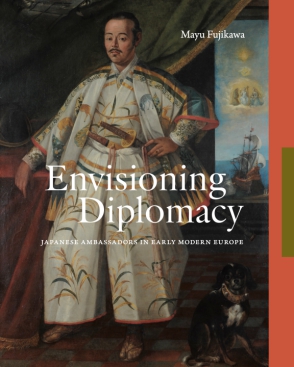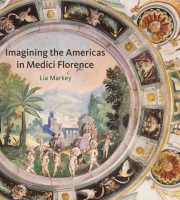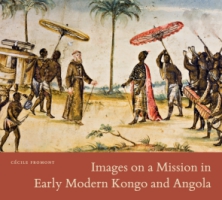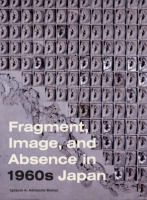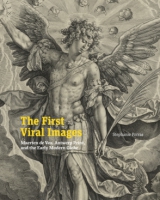Envisioning Diplomacy
Japanese Ambassadors in Early Modern Europe
Mayu Fujikawa
“Envisioning Diplomacy provides an artful use of the visual as the catalyst for a rich analysis of the Tenshō and Keichō embassies to Europe. By mobilizing paintings, objects, and documents, Fujikawa offers an in-depth investigation of the several characters at play, from the Japanese emissaries to their Catholic hosts and the European cities in which such ‘exotic’ envoys were paraded. The author truly throws new light on a set of diverging agendas that unfolded at the crossroads of two very different worlds.”
- Description
- Reviews
- Bio
- Subjects
Drawing on extensive and geographically expansive archival research, art historian Mayu Fujikawa investigates how the embassies were received and either assimilated or differentiated at European courts. She demonstrates how delegates’ gifts to their hosts, their Europeanized kimonos, and the Western clothes they wore while traveling functioned as tools of soft diplomacy. Fujikawa also shows how printed materials functioned much as news does today, promoting the embassies widely and conveying information about the guests and their striking physical appearance.
Envisioning Diplomacy offers a fascinating look at the political, social, and cultural meanings of visual materials created around the embassies and should be of great interest to scholars, students, and general readers interested in early modern European art and history, costume history, diplomatic history, and Japanese and global studies.
“Envisioning Diplomacy provides an artful use of the visual as the catalyst for a rich analysis of the Tenshō and Keichō embassies to Europe. By mobilizing paintings, objects, and documents, Fujikawa offers an in-depth investigation of the several characters at play, from the Japanese emissaries to their Catholic hosts and the European cities in which such ‘exotic’ envoys were paraded. The author truly throws new light on a set of diverging agendas that unfolded at the crossroads of two very different worlds.”
Mayu Fujikawa is Associate Professor at Meiji University’s Graduate School in Tokyo.
Also of Interest
Mailing List
Subscribe to our mailing list and be notified about new titles, journals and catalogs.




